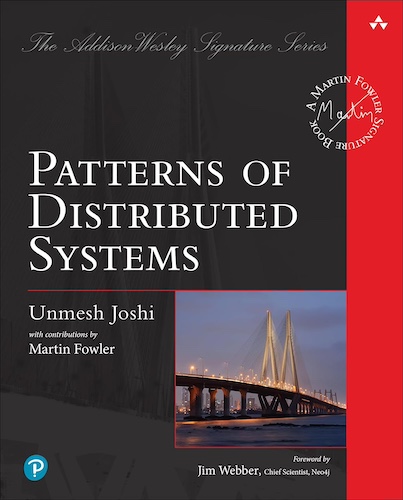Replicated Log
Keep the state of multiple nodes synchronized by using a write-ahead log that is replicated to all the cluster nodes.
Problem
When multiple nodes share a state, that state needs to be synchronized. All cluster nodes need to agree on the same state, even when some nodes crash or get disconnected. This requires achieving consensus for each state change request.
But achieving consensus on individual requests is not enough. Each replica also needs to execute requests in the same order, otherwise different replicas can get into a different final state, even if they have consensus on an individual request.
Solution
Cluster nodes maintain a Write-Ahead Log. Each log entry stores the state required for consensus along with the user request. They coordinate to build consensus over the log entries, so that all cluster nodes have exactly the same write-ahead log. The requests are then executed sequentially as per the log. Because all cluster nodes agree on each log entry, they execute the same requests in the same order. This ensures that all the cluster nodes share the same state.
for more details go to Chapter 12 of the online ebook at oreilly.com
This pattern is part of Patterns of Distributed Systems
23 November 2023

